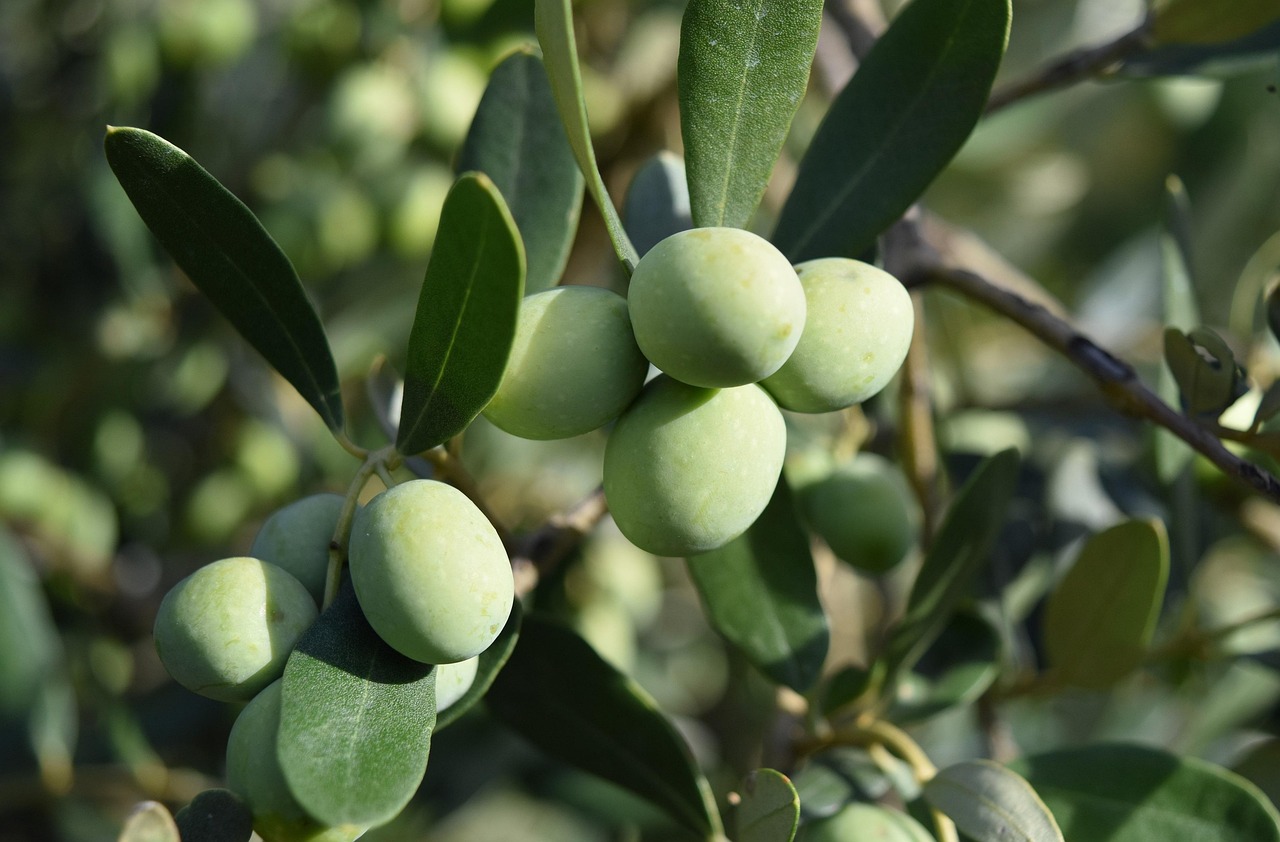Have you ever wondered why green olives are a staple in Mediterranean cuisine? Or how these tangy, briny bites can boost your health? Whether you enjoy them in salads, martinis, or straight from the jar, green olives are more than just a tasty snack—they’re a nutritional powerhouse.
In this article, we’ll explore:
✔ The origins and varieties of green olive
✔ Their impressive health benefits
✔ Practical ways to incorporate them into meals
✔ Expert-backed tips for selecting and storing them
What Are Green Olives?
Green olive are the unripe version of olives harvested before they turn black. They have a firmer texture and a slightly bitter, tangy taste compared to their ripe counterparts.
Popular Varieties of Green Olives
-
Manzanilla – A Spanish variety, often stuffed with pimentos.
-
Picholine – A French olive with a mild, nutty flavor.
-
Cerignola – Large Italian olives, buttery and crisp.
-
Sevillano – Commonly used in California for olive oil and snacking.
Health Benefits of Green Olives
Backed by research, green olive offer numerous health perks:
1. Rich in Healthy Fats
-
High in monounsaturated fats (like olive oil), which support heart health.
-
May help reduce bad cholesterol (LDL) and increase good cholesterol (HDL).
2. Packed with Antioxidants
-
Contains oleuropein, a potent antioxidant with anti-inflammatory effects.
-
Helps combat oxidative stress and may lower chronic disease risk.
3. Supports Gut Health
-
Naturally fermented olives contain probiotics, aiding digestion.
-
The brine promotes healthy gut bacteria.
4. May Aid Weight Management
-
Low in calories (~5-10 per olive) but high in satiating fats.
-
Helps curb cravings when eaten in moderation.
5. Boosts Iron Levels
-
A good source of iron, crucial for energy and blood health.
How to Use Green Olives in Everyday Meals
Looking for creative ways to enjoy green olive? Try these ideas:
🍽️ Simple & Delicious Recipes
-
Mediterranean Salad – Toss olives with feta, cucumbers, tomatoes, and olive oil.
-
Tapenade Spread – Blend olives, capers, garlic, and lemon juice for a savory dip.
-
Olive-Stuffed Chicken – Add chopped olives to chicken breasts before baking.
-
Martini Garnish – The classic pairing for a briny cocktail twist.
🍕 Quick Add-Ons
-
Pizza topping
-
Pasta enhancer
-
Charcuterie board staple
Buying & Storing Green Olives: Expert Tips
✔ Choosing the Best Olives
-
Look for firm, bright green olive (avoid mushy or discolored ones).
-
Check the brine – Clear liquid means fresher olives.
-
Opt for low-sodium versions if watching salt intake.
✔ Proper Storage
-
Unopened jars – Store in a cool, dark place (lasts up to 2 years).
-
Opened jars – Keep refrigerated in brine (consumed within 2-3 weeks).
-
Freezing? Not recommended—alters texture.
Common Myths About Green Olives
❌ Myth: “Olives are too salty to be healthy.”
✅ Fact: While high in sodium, rinsing or choosing low-salt options helps.
❌ Myth: “All olives taste the same.”
✅ Fact: Varieties differ in flavor, texture, and bitterness.
Final Thoughts: Why You Should Eat More Green Olives
Green olives are a delicious, versatile, and nutrient-dense food that can elevate your meals while supporting your health. Whether you snack on them straight, blend them into dips, or toss them in salads, their bold flavor and benefits make them a must-have pantry staple.










